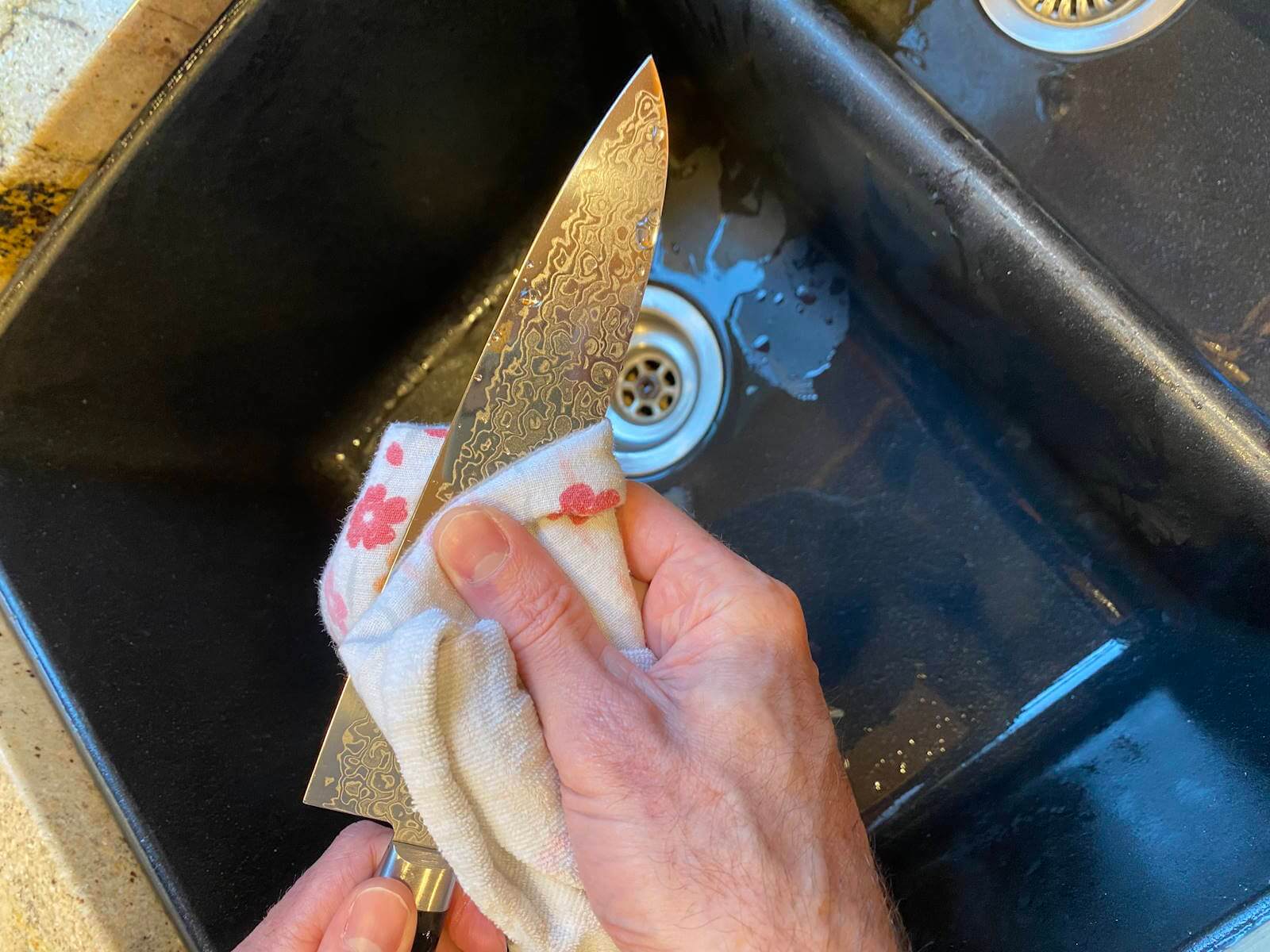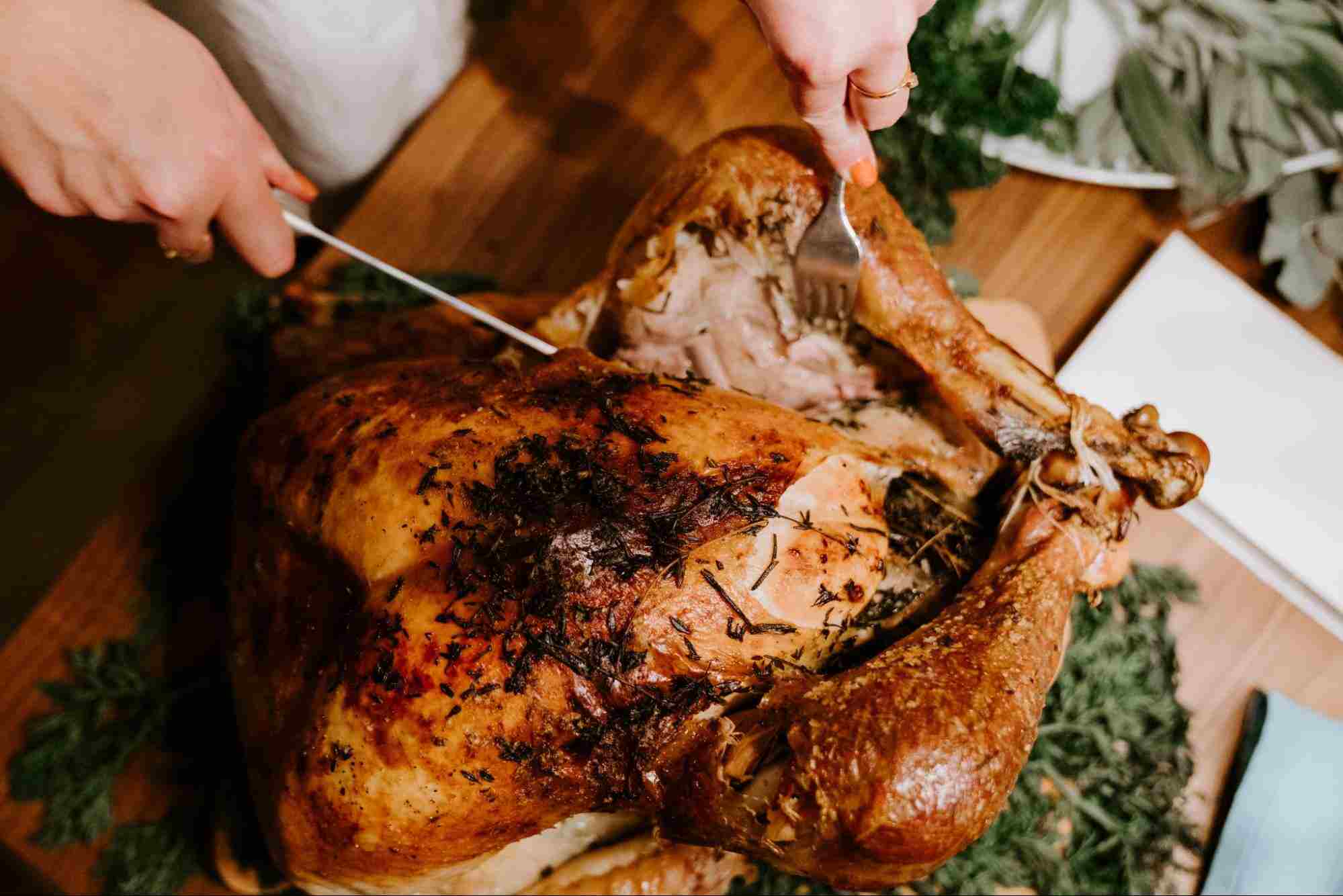
How to Prevent Rust on Your Japanese Kitchen Knife
Japanese kitchen knives are renowned worldwide for their exceptional craftsmanship, razor-sharp edges, and rich cultural heritage. To ensure the longevity and optimal performance of these prized culinary tools, it is essential to take proactive steps in preventing rust. In this comprehensive guide, we will delve into effective strategies, best practices, and expert tips to help you keep your Japanese kitchen knife rust-free, preserving its beauty and extending its lifespan for generations to come.
- Proper Cleaning and Drying:
- Rinse: Rinse the knife under warm water to remove any debris or residue. Avoid using harsh detergents or abrasive cleaners, as they can damage the knife's finish and compromise its integrity.
- Gentle Scrubbing: Use a soft sponge or cloth to gently scrub the blade, handle, and any other exposed parts of the knife. Ensure that all residue is removed, paying close attention to the area near the handle and along the cutting edge.
- Dry Immediately: Thoroughly dry the knife with a clean and absorbent towel. Be meticulous in drying all surfaces of the knife, including the blade, handle, bolster, and tang. Pay extra attention to the areas where moisture can accumulate, such as the junction between the blade and handle.
- Apply Protective Coating:
- Choose the Right Oil: Select a high-quality food-grade mineral oil or a knife-specific rust preventive oil. These oils act as a protective barrier, preventing moisture from coming into direct contact with the blade.
- Apply the Oil: Pour a few drops of oil onto a soft cloth or paper towel. Gently rub the oil onto the blade, handle, and any other exposed metal parts. Ensure that the entire surface is evenly coated with a thin layer of oil. Be mindful not to apply excessive amounts of oil, as it can attract dust and become sticky.
- Wipe Off Excess Oil: After applying the protective coating, use a clean cloth to wipe off any excess oil. A thin, even layer of oil is sufficient to provide the necessary protection against rust.
- Proper Storage:
- Choose a Dry Environment: Store your knife in a clean, dry, and well-ventilated environment to minimize exposure to humidity and moisture. Avoid storing your knife near a sink or other areas prone to moisture accumulation.
- Consider a Knife Block or Magnetic Strip: A knife block or magnetic strip provides a safe and convenient storage option. Ensure that the knife block has proper ventilation to prevent moisture buildup. If using a magnetic strip, ensure that the knife does not touch other metal objects that may cause scratches.
- Use a Knife Sheath or Blade Cover: When storing your knife in a drawer or transporting it, consider using a knife sheath or blade cover. These protective covers prevent the knife from coming into contact with other utensils or surfaces, reducing the risk of scratches and potential rust formation.
- Avoid Stacking Knives: Do not stack multiple knives on top of each other, as this can lead to scratches and potential damage. Store each knife separately to ensure optimal protection and longevity. A knife roll or case is the perfect way to achieve this.
- Regular Maintenance:
- Wipe After Use: After each use, thoroughly wipe the knife with a clean, dry cloth to remove any moisture or food residue. Pay attention to all surfaces, including the blade, handle, and tang.
- Avoid Harsh Materials: Refrain from using abrasive materials such as steel wool, scouring pads, or abrasive sponges, as they can scratch the blade's surface and promote rust formation. Instead, opt for soft cleaning tools that won't compromise the knife's integrity.
- Regular Sharpening: Keep your knife sharp by regularly honing and sharpening the blade. A dull blade is more prone to rust, as it lacks the necessary cutting efficiency and protective edge. Use appropriate sharpening tools like whetstones or seek the assistance of a professional sharpener to maintain the optimal sharpness of your knife.
Conclusion:
Preventing rust on your Japanese kitchen knife is crucial for preserving its beauty, performance, and longevity. By following proper cleaning and drying techniques, applying a protective coating, storing the knife in a dry environment, and maintaining it regularly, you can enjoy the precision and functionality of your knife for years to come. With these preventive measures in place, your Japanese kitchen knife will continue to be a reliable and cherished tool in your culinary adventures, showcasing the exquisite craftsmanship and cultural heritage of Japan's culinary traditions. Embrace the artistry of Japanese cutlery, and let your rust-free knife become an enduring symbol of culinary excellence in your kitchen.
- Proper cleaning and drying techniques after each use
- Applying a protective coating with food-grade mineral oil or rust preventive oil
- Storing the knife in a dry environment, using a knife block or magnetic strip
- Avoiding stacking knives and using knife sheaths or blade covers
- Regular maintenance, including wiping after use and avoiding abrasive materials
- Sharpening the knife regularly to maintain its sharpness
- Embracing the artistry of Japanese cutlery and preserving its cultural heritage
If rust does somehow make its way onto your knife there are a couple of options to remove the rust:
- Baking Soda Paste
- Mix water and baking soda to form a thick paste.
- Use your hand or a toothbrush to spread the paste over the metal, ensuring coverage of rusty spots.
- Let the paste sit on the object for approximately an hour.
- Allow the chemical reaction between the baking soda and rust to occur.
- Thoroughly rinse off the paste from the metal using water.
- Use a sponge or cloth to wipe away any residual paste.
- Enjoy a cleaner and revitalized metal surface, free from rust.
- These soft pumice stones can be used to gently remove more stubborn rust.
Protect your cleaned knife with a knife protector or saya when storing it in a drawer to prevent scratches and damage. Use Camellia oil (Tsubaki oil) for high-carbon knives to protect against rust and corrosion.
Invest in a knife roll or Tojiro soft knife case for secure storage and transportation of precious knife collections, ensuring protection from impacts and abrasions.
Find informative articles on Knife Maintenance in our Japanese Knife Blog by searching for "Knife Maintenance." Discover cleaning, storage, rust prevention, and sharpness maintenance tips.
For a comprehensive guide on sharpening and overall Knife Maintenance, visit our dedicated Knife Maintenance page. Master the art of keeping your knives in optimal condition for culinary excellence.
Proper Knife Maintenance preserves functionality, longevity, and honors craftsmanship. Explore available resources for impeccable knife care and enhance your culinary experiences.


